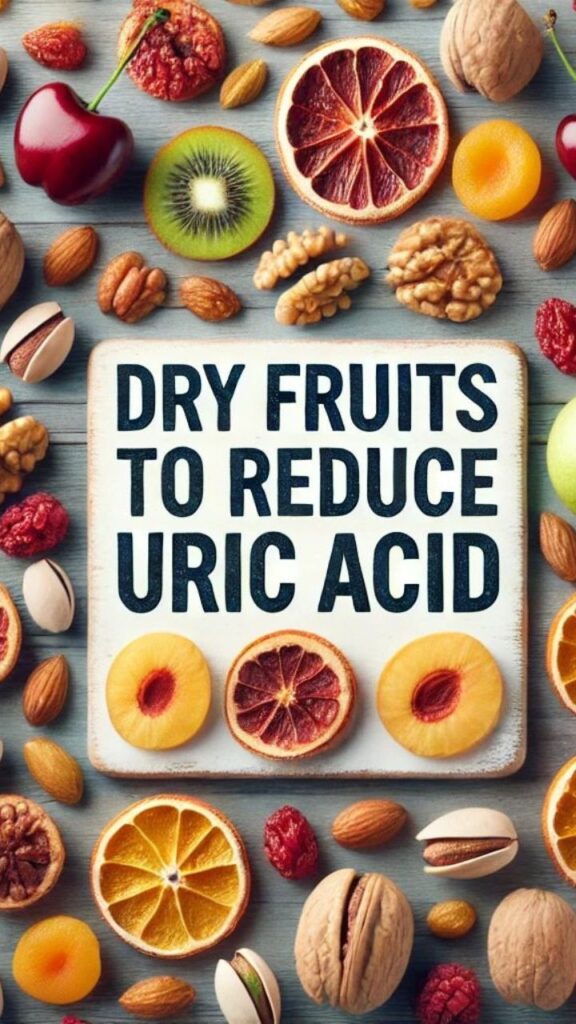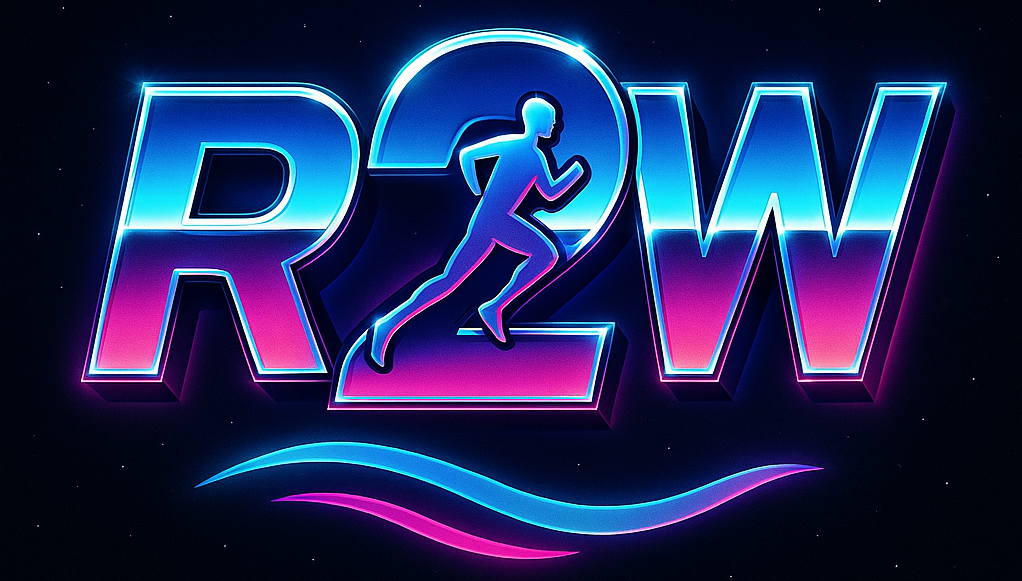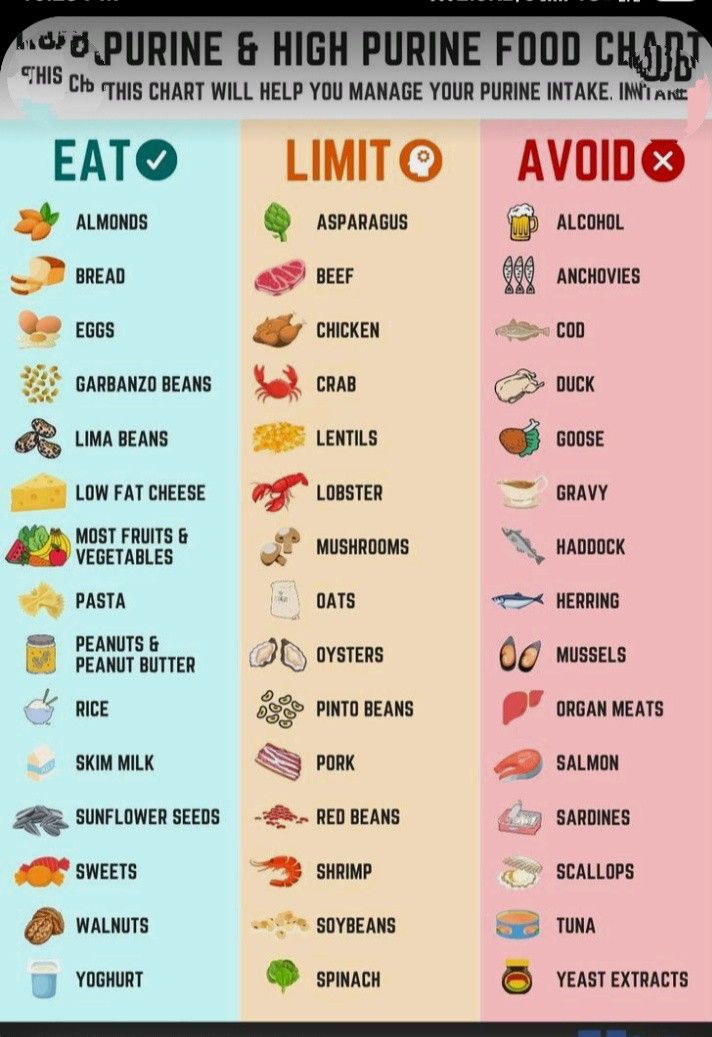 As I get older, I seem to be struggling with joint pains more. Are they connected to overtraining, my choice of running shoes, or is that steak and beer on BBQ days the reason for my pain? I’ve also ended up in hospital with severe kidney stone pain and have wondered about the cause. Finding the real reason for joint pain and kidney stones is never easy, and I never get a confident answer. Hopefully, this article sheds some light on possible reasons for my pain and helps others spot the connection, too.
As I get older, I seem to be struggling with joint pains more. Are they connected to overtraining, my choice of running shoes, or is that steak and beer on BBQ days the reason for my pain? I’ve also ended up in hospital with severe kidney stone pain and have wondered about the cause. Finding the real reason for joint pain and kidney stones is never easy, and I never get a confident answer. Hopefully, this article sheds some light on possible reasons for my pain and helps others spot the connection, too.
It’s time to bust a myth that’s often discussed: the direct relationship between protein intake and the level of uric acid in the body. If you believe that, too, trust me, you are not alone. So, what is the truth?
According to nutritionist Amita Gadre, uric acid levels increase due to foods high in purines, not protein. “Purine and protein are as different as chalk and cheese, so there is no need to shy away from that proteinpacked meal! However, moderation is key!” she mentioned on Instagram.

Dried fruit can be a surprisingly supportive addition to your wellness journey, particularly when it comes to managing gout and stiff joints. Rich in antioxidants and anti-inflammatory compounds, fruits like cherries, berries, and even raisins may help reduce uric acid levels and alleviate joint discomfort. Their natural sweetness can also satisfy cravings without resorting to processed sugars that can exacerbate inflammation. Incorporating a moderate amount of dried fruit into your diet can be a tasty and convenient way to support your body’s natural healing processes and keep you moving comfortably.
Understanding the Protein, Uric Acid, and Joint Pain Connection
You may have heard people claim that eating too much protein causes joint pain or even kidney stones. This is a super common belief. When I first got more active with running (and enjoyed the occasional steak and beer after a tough workout), my joints started acting up. I was also unlucky enough to have a kidney stone episode—definitely not a fun experience.
The big question is: Are protein, uric acid, and joint pain actually connected, and if so, how?
Breaking Down the Science
- Protein: Your body uses protein to build muscle, repair tissue, and keep you feeling full. Protein itself isn’t a villain.
- Uric Acid: This is a waste product, formed when your body breaks down something called purines. Everyone has some uric acid in their blood. But too much can build up and form crystals. When crystals settle in joints, ouch—hello gout.
- Joint Pain: Often linked to issues like gout, arthritis, or wear and tear, but also sometimes triggered by certain foods in some people.
Not every proteinrich food is high in purines, but some foods do contain more purines than others. A purinerich diet can raise uric acid levels, raising your risk of gout and even kidney stones, according to the National Kidney Foundation.
Foods That Raise Uric Acid (and What’s Lower-Risk)
Animal proteins, such as red meat, organ meats, and certain types of seafood (like sardines and anchovies), are high in purines and can contribute to elevated uric acid levels. “Limiting these sources can help manage uric acid. Plantbased proteins (like beans, lentils, and tofu) generally contain lower levels of purines and are less likely to increase uric acid levels significantly,” said Dr Haricharan, a rheumatologist.
HighPurine Foods to Watch
- Red meat: Beef, lamb, and pork
- Organ meats: Liver, kidney, brains—basically the “odd bits”
- Certain fish: Anchovies, sardines, mackerel, herring, and scallops
- Alcohol: Beer and liquors
- Sugary sodas: Especially those with highfructose corn syrup
- Processed snacks and refined carbs
Safer Protein Options
- Lowfat dairy: Yogurt, milk, and cheese
- Eggs
- Plantbased proteins: Beans, lentils (in moderation), tofu, nuts
- Lean white meats: Chicken and turkey (but still in moderation)
Switching up protein sources and being mindful of highpurine offenders is key for joint health. And if you already have joint pain or a kidney stone history, this is even more important.
How Uric Acid Leads to Joint Problems and Kidney Stones
Notably, uric acid is a chemical formed when purines break down. “High uric acid levels can increase the risk of developing health issues like gout, kidney stones, and arthritis,” said Dr Haricharan.
- When uric acid builds up and forms sharp crystals, it can collect in your joints. Most commonly in the big toe, but it can also strike fingers, knees, or ankles. This causes the sudden, severe pain known as gout.
- If uric acid collects in the kidneys, it can form stones. These are brutal, causing sudden, intense pain and may lead to a hospital trip.
- Some people notice joint stiffness, swelling, and lingering soreness, even between flareups. Elevated uric acid adds up over years and can wear down joints over time.
Based on my experience and research, it’s usually a mix of heavyweight foods (hello, steak night), dehydration, and maybe even some genetics that bring on these problems—not just protein alone.
Balancing Protein Intake Without Raising Uric Acid
While it’s important to limit highpurine foods, avoiding protein entirely could backfire. You actually need protein for healthy muscles, energy, and repair. “It is not necessary to completely avoid protein if you have high uric acid levels, but it is important to be mindful of the types and amounts of protein you consume. Certain protein sources, especially those high in purines, can raise uric acid levels,” said Riya Desai, senior dietitian, Wockhardt Hospitals.
- Focus on moderate portions—one palm-sized serving works for most people.
- Add in more lowpurine proteins and plantbased meals. Beans and tofu are solid choices.
- Stay hydrated, which helps flush out uric acid and may help prevent kidney stones.
- Watch out for alcohol and sugary sodas; both can cause spikes in uric acid.
Dishes high in spinach, green peas, or mushrooms are higher in purines than some other veggies, but the overall effect is usually smaller than eating lots of animalbased proteins. A balanced, whole foods diet tends to keep things on the safer side for most people.
Sensible Eating for Joint Pain and Kidney Health
Dr Aashish Chaudhry, managing director, senior consultant, and head of the department of orthopaedics and joint replacement, Aakash Healthcare, highlights that a few basic dietary tweaks can help lower uric acid and support joint health:
- Drink at least 8–10 cups of water or even more daily.
- Cut back on alcohol, particularly beer and spirits.
- Limit red meats, organ meats, and shellfish.
- Go easy on processed foods and sugary drinks. They can mess with uric acid levels.
- Eat more fruits, veggies, and whole grains. They provide fiber and vitamins and help keep your system smooth.
If you’re already feeling twinges in your joints or have a family history of gout or stones, these tips can really make life more comfortable. And if you ever get persistent joint pain, swelling, or intense pain along your side or back, be sure to check in with a doctor. Getting answers before things get worse is really important.
Common Questions and Troubleshooting
Can plant proteins cause a spike in uric acid, too?
Most plant proteins, like lentils and beans, are lower in purines than animal proteins. In sensible portions, they’re usually fine for most people. If your doctor flags a specific food, always follow that advice.
How do I know if my joint pain is really from uric acid?
- Gout pain comes on fast and is pretty intense, often in the big toe or lower joint. If you get swelling and shiny red skin with it, that’s a clear sign.
- Other types of joint pain could be from arthritis, injury, or other conditions. Blood tests and a doctor’s exam help figure it out.
Are there lifestyle steps for preventing kidney stones?
- Drink plenty of water to dilute uric acid.
- Be mindful of highpurine foods like red meats and certain seafoods.
- Cut back on sugars and try to keep your salt intake down.
Should I stop eating protein if I’ve had a stone or gout?
No need to cut out protein completely, but switching to lowpurine sources and using the tweaks shared here can help keep things in check. Always check in with your healthcare provider for a plan that suits your health.
Building Healthier Habits Moving Forward
Tracking down causes behind joint pain and kidney stones takes some trial and error. It isn’t always just about what you eat—the way you hydrate, your overall activity level, and even your genetics play a role.
Simple Steps for Healthier Joints and Kidneys:
- Aim for balanced meals. Don’t overload on red meat or seafood.
- Make water your first choice for hydration.
- Cut back on alcohol and sugary sodas to help keep uric acid steady.
- Add more plant proteins to your routine—beans, tofu, lowfat dairy products, and eggs are all smart picks.
If you’re wondering what’s behind your aches, or you’ve had a kidney stone scare like I did, hopefully this information helps guide you. If you still have questions, your doctor or a registered dietitian can help you set up a plan that fits your needs perfectly.

